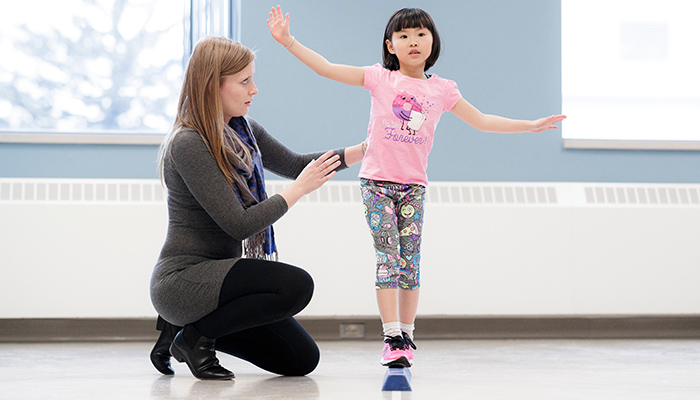Kids’ concussion recovery like snakes and ladders game

New guidelines that reduce the amount of rest required for children recovering from a concussion have been developed by CanChild, a McMaster University research institute.
New guidelines that reduce the amount of rest required for children recovering from a concussion have been developed by CanChild, a McMaster University research institute.
“For children, recovering from a concussion is like a snakes and ladders game, as there are times where they may have rapid improvement and climb through the steps more quickly, and other times where returning symptoms mean they have to take a slide back,” said author Carol DeMatteo, professor of rehabilitation science and a CanChild researcher.
“Our new research, along with our review of studies from all over the world, has led us to update the guidelines for recovery, and we have different but compatible guidelines for returning to school and for returning to activity including sport.
“Families have always felt the recovery instructions were too restrictive and difficult to follow. We now know that too much rest after concussion is not a good thing, and children can begin some activity sooner as long as they don’t overdo it and make their symptoms worse.”
She said the updates suggest that during the first 24 hours, home and leisure activities may be undertaken as long as they are only for five minutes at a time, and stopped if symptoms increase.
The guidelines give pathways for three categories of concussions: For those who are symptom free within 48 hours of the injury; those who are symptom free or much decreased within one to four weeks, and those who have the symptoms for more than four weeks.
DeMatteo said the recovery has been broken into stages, and each stage outlines the goal, activities allowed and what to look for before moving to the next stage. For example, at stage two in getting back to school, children are allowed to walk, have 15 minutes of screen time or school work twice a day, and socialize with one or two friends for no more than 30 minutes.
DeMatteo said the most important thing to remember is that every child is different and will progress at their own pace based on the severity of their symptoms.
“In addition, we’ve shown, based on our research, the average time to move through each stage towards return to school and return to full activity or sport,” said DeMatteo. The return can take from 48 hours to six weeks or longer.
DeMatteo said that among children in Canada, the average age for a sport-related concussion is 13.5 years old, and that in Hamilton and Canada, the most common sports resulting in concussive injuries for boys is hockey, and for girls is soccer.
The guidelines may be found at https://www.canchild.ca/en/diagnoses/brain-injury-concussion/brain-injury-resources
The research behind the revised guidelines was funded by the Canadian Institutes for Health Research.
Research Findings